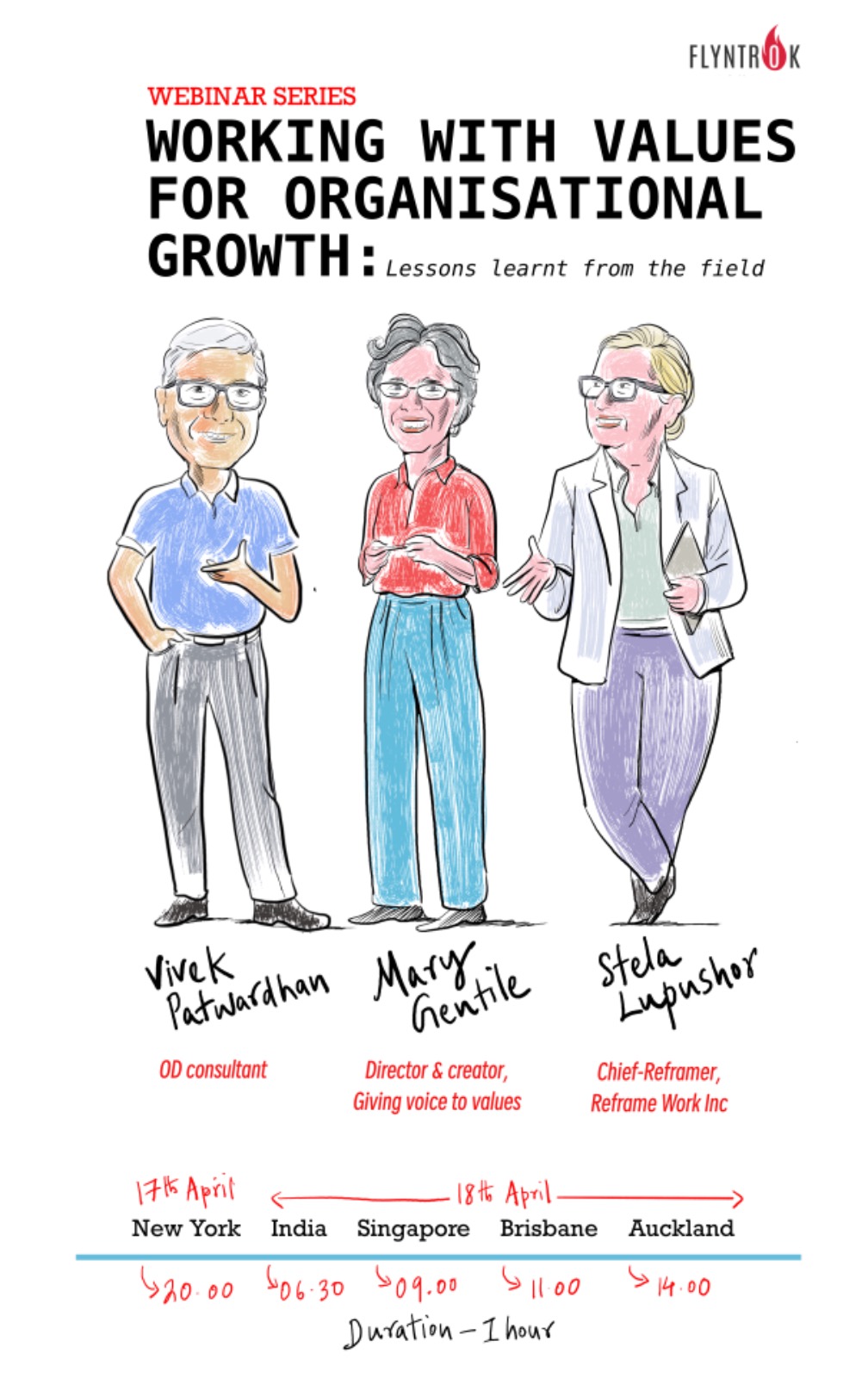Our values are what makes us Human. When we keep values front and centre in our work, we help our organisations to be human-centred. The Benedictine University’s Center for Values-Driven Leadership and the Small Giants Community conducted The Return on Values Project (ROV) research initiative to explore the link between culture and profit in small and mid-size businesses.
The companies studied compared favourably to the competition, in terms of:
- Market share
- Customer loyalty
- Cost reduction
- Profit and revenue
- Employee Engagement
- Purchase price (if looking to sell)
- Purchasing power (if looking to buy)
The research showed that companies with values-driven, people-focused cultures are not just creating better workplaces, they are creating more sustainably-successful companies. And that their leaders, values-driven leaders, put culture first.
Their evidence suggested that leaders of high culture/high-profit organisations see their responsibilities through a different lens. The first of these perspectives is that their to-do-list “puts culture first”. That is they think about it constantly, not part-time.
The researchers noted eight important culture creation and culture sustaining habits (culture creation and culture sustainers come from the work of Edgar Schein’s Organizational Culture and Leadership) among the executives they studied. We are reproducing those habits here and expanding on it.
Habits Value-Driven Leaders Develop to “Put Culture First”
1. “They actively participate in on-boarding, mentoring, training, and coaching”
Many organisations such as Buffer, have one on one chats with the CEO every two weeks. At Buffer, each new starter is assigned a Culture Buddy, who “help guide the new hire through culture-related discussions and provide context on company history and norms” via weekly chats for the first six weeks. Buffer manages all this remotely as they have no central office..
2. “They apply resources, hire, fire, and promote to support and reinforce the values”
They are “values fit” detectives. many a time, they can sniff out a values fit issue and deal with it decisively for the sake of culture. As Peter Senge, Author of “The Fifth Discipline: The art and practise of the learning organisation” and “The Fifth Discipline Fieldbook: Strategies for Building a Learning Organisation” said to me “What we say and don’t say and what we do and don’t do creates culture”. I write more about this here. Values-driven leaders who put culture first are as much on the watch for anti-values as they are values, as they are aware that the values you tolerate also create culture.
3. “They are constantly telling stories and recognising people who put the values into practice”
It is not only telling stories but also listening for stories that serve to reinforce the espoused values (the stated values preferred by an organisation). It must be remembered that the stories that our people hold onto that create culture. Our stories that build bridges or walls. Values-driven leaders are constant in looking at what bricks are going into making their bridge
4. “They promote dialogue about the values in senior team meetings, company-wide events, and through all communication channels”
You conversations can include questions like this:
- What does this value mean to us?
- What does it look like in action?
- How might it be misinterpreted?
Here is a practical tip, once you are clear on your values, you can start your meetings with questions like:
- Where did you see our values in action this week? Tell us the story.
- Where did you use values this week to help you make a decision? Tell us about it.
5. “They use the values to evaluate company decisions”
Our values come alive, when used to solve dilemmas and make everyday decisions that impact on others. It helps keep the conversation objective. Australia’s largest grocer Woolworths Group Limited plans to stop selling liquor and sell its gambling operations as part of its commitment to family-friendly values. Check this out for more inspiring stories on how some executive leaders have followed their values when face with ethical dilemmas.
6. “They proudly post the values in their offices, on their company merchandise, and in visible public places”
This is common for many organisations and this is where it often stops. The secret is to turn them from posters on the walls to conversations in the halls. There are many ways to do this including providing teams opportunities to reflect on their personal values and discussing the interplay with organisations values. Real conversations around values has much more power than a poster on a wall.
7. “They use the values to set strategy and build customer relationships”
Values are the beginning, middle and end of their story. They are embedded in their now, and their future plans. Values are not static. Managing the life cycle of your values, involves constant evaluation about where you want to go and the values required to get you there. Each strategy building cycle, provides opportunity to press the pause button, and reflect on your values. There is a lot of literature examining the relationship between people, values’ and their purchasing habits. This study by GFK explores the relationship between environmental values and ethical shopping.
8. “They relentlessly make sure that the values are integrated into every system and process of the organization”.
This includes HR (recruitment, reward and recognition, training and development, performance feedback, and firing), procurement, manufacturing, sales, marketing, product development etc. If you remind employees of your values, through your systems and processes, they have a greater chance of being lived.
Working with values in organisations and Values-Based Leadership is a pronounced line of research within academia. Research is signposting that leaders and organisations who put culture first, have more sustainable success.
Which of these 8 habits have you put into practice? Do you have any other habits that has helped you put culture first, to contribute. Do let us know.
Image credits Pixabay




July 9, 2020, 7:51 am
Great article. The 8 habits are practical and can be implemented right away. I am experimenting with choosing a “principle of the month”, and actively bringing all my interactions with the team back to that.
If an organisation doesn’t yet have clearly defined values, what process might you use to introduce them?
August 26, 2020, 4:10 pm
November 12, 2020, 5:22 am